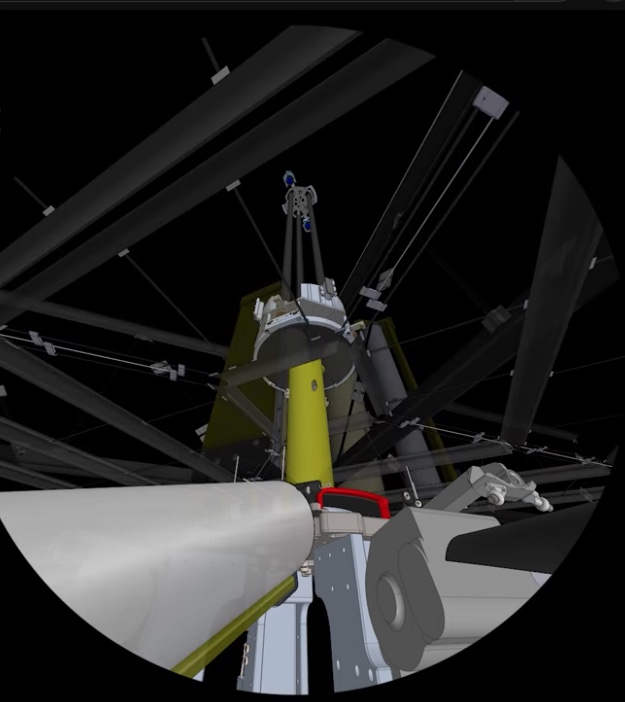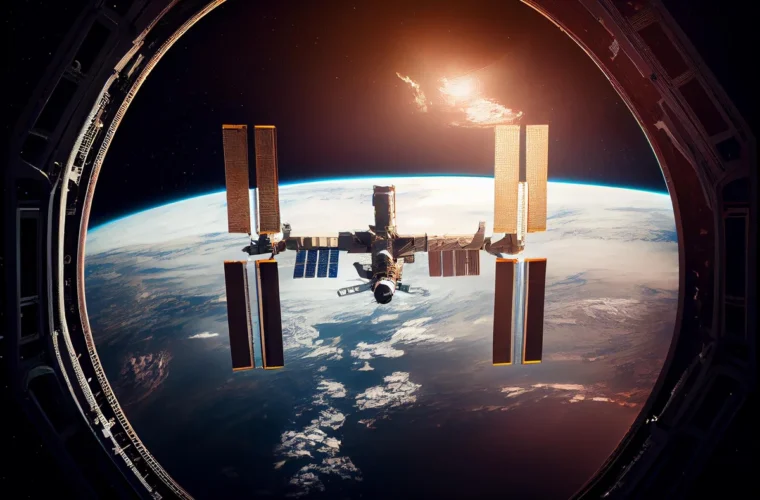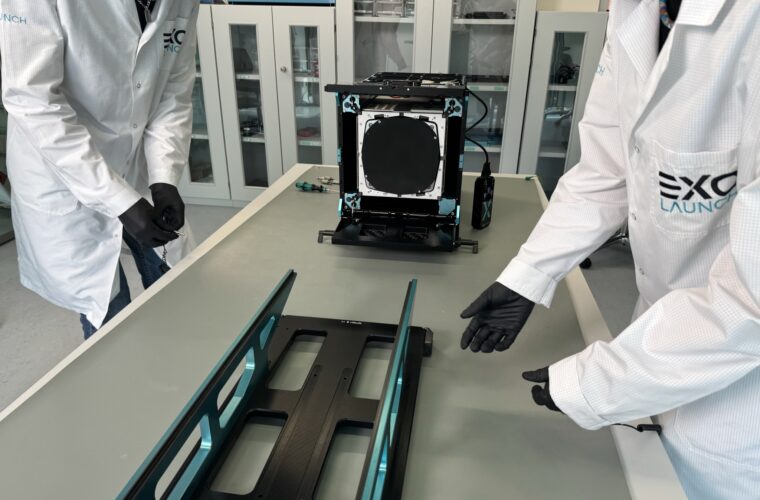Soon, zero-emission energy to power smartphones and computers could come from solar collectors in space instead of traditional wind farms on Earth. The California institute of Technology (Caltech) is studying the feasibility of the infrastructure needed to achieve this. The Space Solar Power Demonstrator (Sspd-1), a space prototype developed by the university, has returned from its year-long mission in Earth orbit. Engineers working on the project are now analysing its data in the hope of gaining important insights. During its trip to orbit, Sspd-1 conducted three experiments to test power generation technology. According to Caltech Chancellor Thomas F. Rosenbaum, the information gathered from the prototype shows that it will soon be possible to obtain solar energy from space at competitive prices.
Solar energy generation in space requires the creation of photovoltaic power plants, which, as Caltech explains, will have to span several kilometres and consist of several modules, like the International Space Station. One of the main experiments of Sspd-1 was the deployment of Dolce, a structure of almost two meters by two. Its transportation inside a rocket, as well as its use in microgravity contexts, is considered a significant achievement in the field.
In a statement, the university clarified that Dolce faced some hiccups during the experiment. One of the cables connecting its arms got caught in the structure, damaging the connection between the body and the moving parts. Back on Earth, the project team had to build a full-scale model to figure out how to solve the problem. The engineers realised that the damaged system would work better if it were also heated by solar energy reflected from Earth, as well as directly from the Sun.

More efficient materials
On board the Sspd-1, 32 different types of photovoltaic cells were installed with the aim of finding the one that could harvest energy most efficiently, the strongest and the lightest. The results of the test, dubbed Alba, will allow developers to build modules on large surfaces in future flights. But the creation of solar energy will be useless without a suitable transmission system. Therefore, the Caltech prototype also tested Maple, a series of lightweight and flexible microwave energy transmitters based on integrated circuits. Maple proved to be capable of transmitting solar energy wirelessly to Earth.
The Sspd-1 team pushed the transmission system to its limits and found an oscillation in energy delivery. From Earth, the experts analysed the physical and chemical causes of the power drop and wear and tear on the transmitter components. To improve performance, future missions will use more efficient materials. In short, Sspd-1 has successfully completed its mission. Its 365-day journey is now being studied by the scientists responsible for the project. Bringing green energy from space no longer seems such a remote prospect, and some key elements of this ambitious project will be defined by initiatives such as Caltech.



